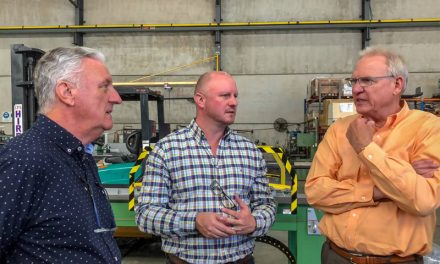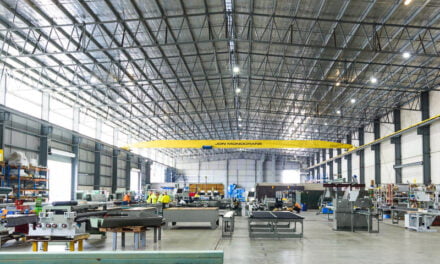There are two forms of rectifications: avoidable and unavoidable. The unavoidable ones are usually beyond normal control, such as accidental damage or modifications for services added years after. These are understandable, but regardless of constant publicity, the avoidable ones continue to occur.
The most important point to emphasise to on-site trades comes from AS 4440 Clause 3.9 which reads:
“Truss Modification: Under no circumstances shall a truss be modified by cutting, drilling, or by any other method that may interfere with its structural integrity, without being approved.”
The reason why approval is important is because each truss is an engineered wood product (EWP) that has been custom designed and certified for a particular application. Unapproved modifications nullify that guarantee and may cause an extremely damaging collapse or make future repairs very difficult and expensive to achieve.
So when a modification is required due to a breakage, a change on site or a mistake, it is important to immediately bring this up with your truss supplier, whose engineers are specialised in providing effective and cost efficient solutions, and will supply you with a detailed method to carry out this work safely and without compromising the structural integrity of the truss. Importantly, you get to keep your warranty.
The next step before you begin cutting anything is as critical as obtaining the repair details in the first place. The ‘fix’ must be done in exact accordance with the engineer’s details. Every component in the repair has been deliberately calculated to maintain the structural integrity of the truss. They are not just suggestions or recommendations, but precise specifications.
In most situations, the truss should first be propped, and secondly, should have all new supplementary members fitted and fully fixed before any members are cut or removed.
The fixings must also satisfy all minimum length, end, edge and spacing distance requirements. These distances vary for different types and also, the sizes of fixings. These mandatory requirements are stipulated in several Australian Standards, e.g. AS 1684.2 Section 9 – Fixing and Tie-Down Designs and AS 1720.2 Section 4 – Timber Joints.
GN Guideline No. 210 also contains a summary of these requirements.
Rectifications are a costly exercise and reckless implementation makes it even more so, as additional work has to be done to redeem the rectification. Always follow the engineer’s instructions and the structural integrity of the truss work will be restored the first time round.
Visit mitek.com.au for all guidelines.











